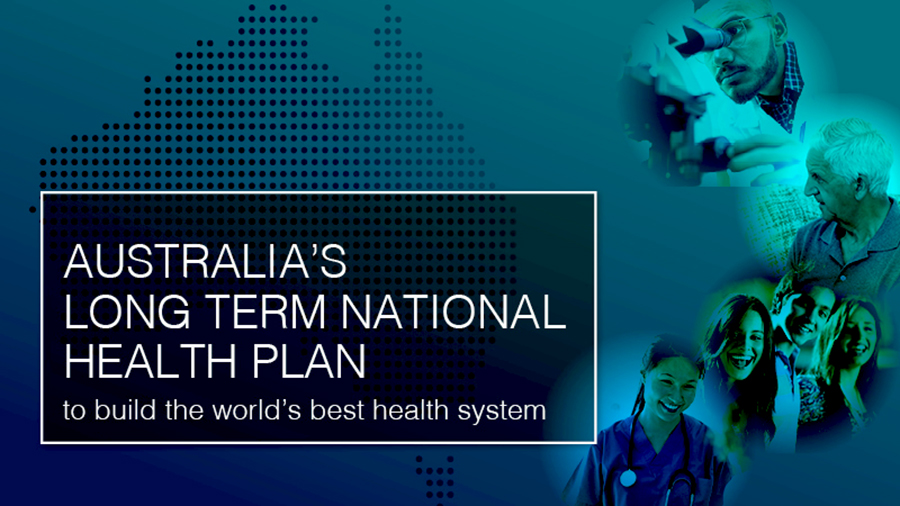Contributed by Jim Hayes
The cost of access to health services is rising in Australia. Anyone dependent on access to frugs from The Pharmaceutical Benefits Scheme, those on the lowest incomes especially, are feeling the pinch of having to pay more out of pocket. At the start of 2021 the cost of a prescription for those on a health care card was $6. It is now $7.30. This might not seem like much. But consider someone having to get four prescriptions per month. Around $30 out of pocket on a regular basis is a considerable blow, especially if already feeling the pinch from the rising cost of living in general.

It doesn’t stop here. The out-of-pocket cost of seeing a doctor is going up too. The number of consultations fully bulk billed declined by 4 percent between 2019 and 2022. The gap between the Medicare rebate and charges by general practitioners continues to widen, causing those without a healthcare card to pay more. Even those with a healthcare card are increasingly having to pay something.
Note that the subsidisation of Covid vaccines distorted the figure coming from government and underestimating the rising cost of accessing the rest of the health system.
Consultations with specialists are even worse. Then there are the new or increased fees charged by hospitals for services. Health care card owners are hit with three consultation and then often hit with $75 a visit for health services referred to the private sector.
Australia is seeing a rise in the numbers not seeing a doctor because of the cost involved, and this is leading to poor health consequences.
We are starting to learn more about what is going on because the present government is a little more transparent than its predecessor. Greater transparency is one thing. The rising price of health is another. Critics point to the gradual Americanisation of the health system as the cause. They are right. This is about the privatisation of health services and deliberately pushing the population into the arms of the private health insurance corporations. The change in government has not reversed this.
Although there was a modest increase in government funding of health services last year, from $31 billion to $31.4 billion according to the last budget papers, it has not been enough to address the decline imposed over decades. In addition, a growing proportion of investment continues to be dedicated to directly, or indirectly, subsidising private providers. Consequently, a greater part the of outlay goes towards meeting their profit margin. A substantial projected increase to $133.1 billion over four years to 2025–26, will still not be enough, even if it is pulled off.
The document, Delivering the Long Term National Health Plan for the Next Decade, is silent on how much of the spending is earmarked for the private sector.
Behind it is the long-standing claim that shifting towards a user pay system will deliver a more efficient distribution of resources, backed by the false claim or the right to choose, something that can only be provided by the market. This is wrong. There is no evidence of better resource allocation and better outcomes for patients from private sector provision. There is evidence that being a health provider is profitable. Profits must come out of tax revenues or out of the pockets of consumers.

For instance, in 2022 alone, overseas corporations supplying medical devices received subsidies double what they paid on tax, according to an analysis by Private Healthcare Australia. This amounts to around $625 million. This is just a small part of a bigger picture.
Still, it illustrates the price gauging going on. In this case there is a significant mark up in the price charge patients in private hospital care compared with those in the public system. The problem is that the higher price becomes the benchmark pressuring the lower price upwards. Other parts of the private health sector operate in the same way. The public health system is lumbered with the cost, and this is increasingly passed off to patients.
A shift towards re-invigorating public health provision and diminishing the private sector is called for.


Be the first to comment on "Australians are paying more for health despite the promises of government"